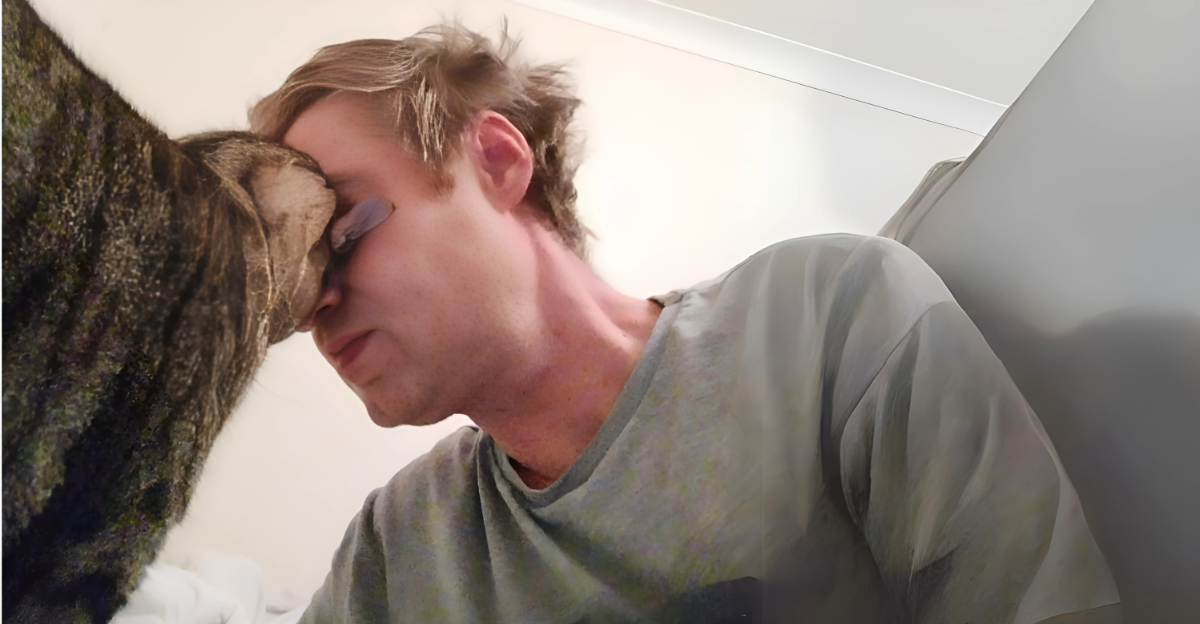
Our feline companions often have strange ways of showing us their emotions. One common trait shared among most cats is headbutting. Most people assume it’s a form of affection, but it runs a bit deeper than that!
What is Headbutting?

Generally, cats will headbutt either their owners, or often times objects and hard surfaces. It’s not an aggressive behavior and plays an important role in the way that cats often communicate.
A Sign of Affection
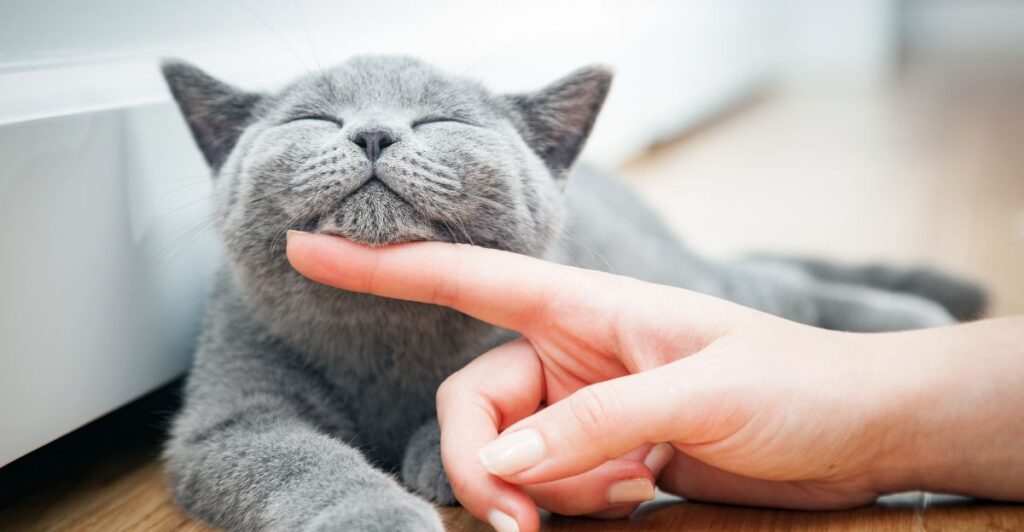
When a cat headbutts their environment or person, they are showing them that they feel very comfortable and trust whoever they are with. When they come into contact with someone with a headbutt, it’s kind of like a hug to them.
Marking Territory

Cat’s can also mark their territory by headbutting. They have scent glands on the top of their head which can leave their scent on an object or human. This warns other cats that you are part of their territory and their human.
Seeking Attention
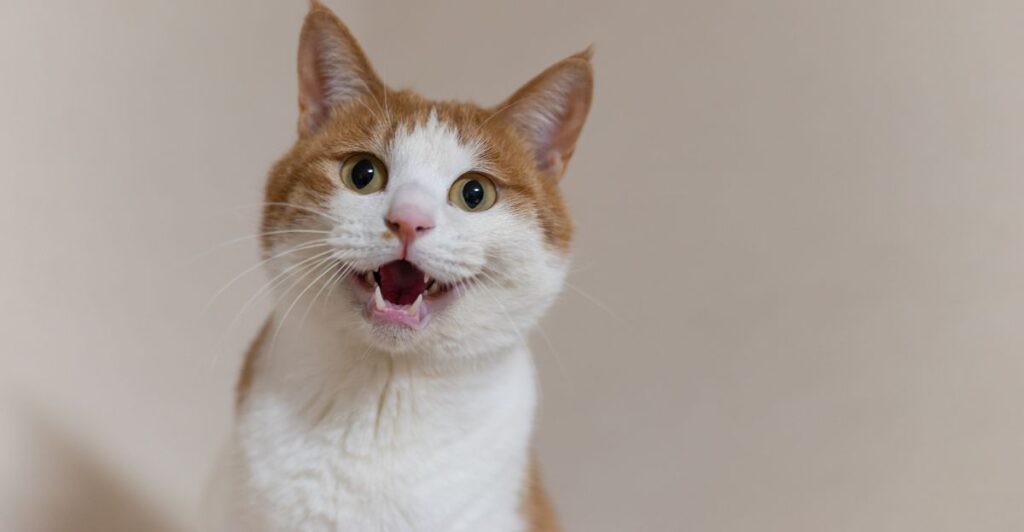
Cat’s can also use headbutting as a means of catching the attention of their owner. They may headbutt their owner while they are distracted or busy with something, either wanting attention or treats. They may even want some playtime if their bond is especially good.
Trust and Security
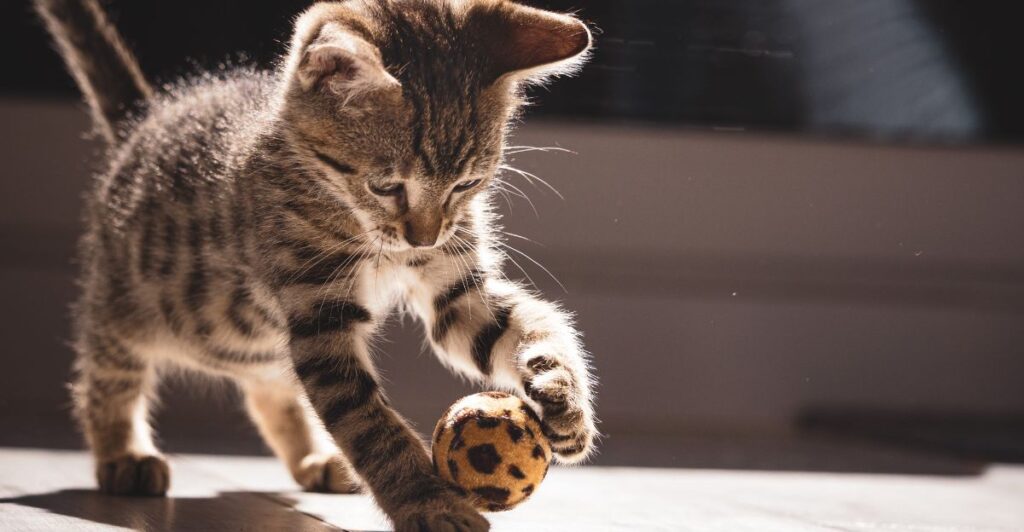
Cats will headbutt their owners when they feel a strong trust between them. If they feel unsure about someone, they will not headbutt them. This communication is vital in figuring out exactly how your cat feels about you.
Social Behavior Among Cats
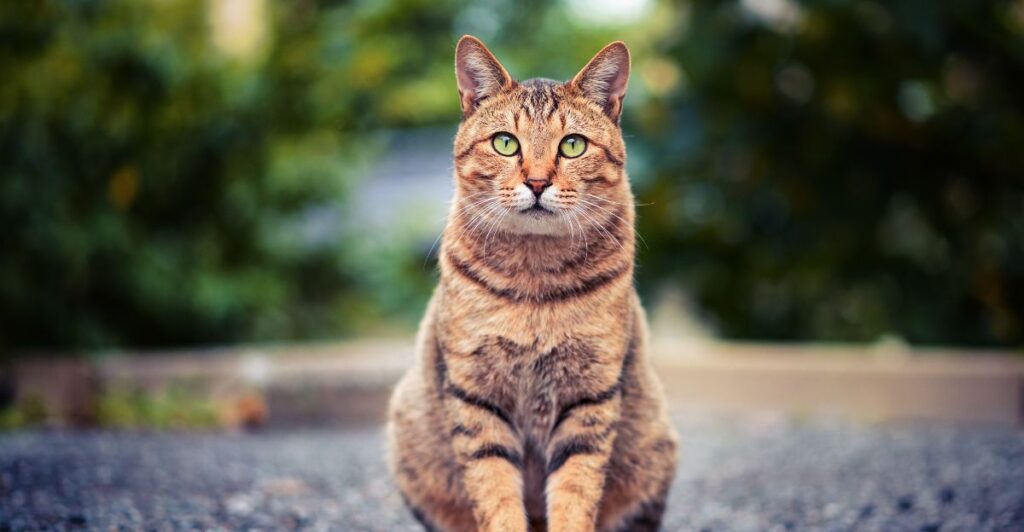
In households with multiple cats, headbutting amongst them can occur as well. Generally they will want to strengthen their bonds between one another and spread their scent to show they are one big happy family.
Different Types of Headbutts
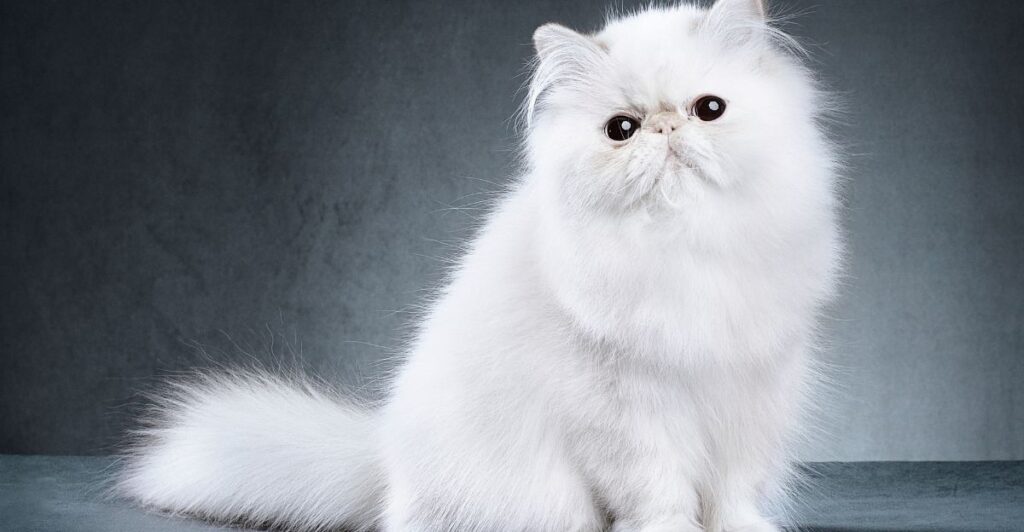
Headbutts are also different depending on how they are done. Small and gentle nudges are are to show affection while harder bumps are to get their owner’s attention and show dominance with other animals.
Understanding Your Cat’s Needs
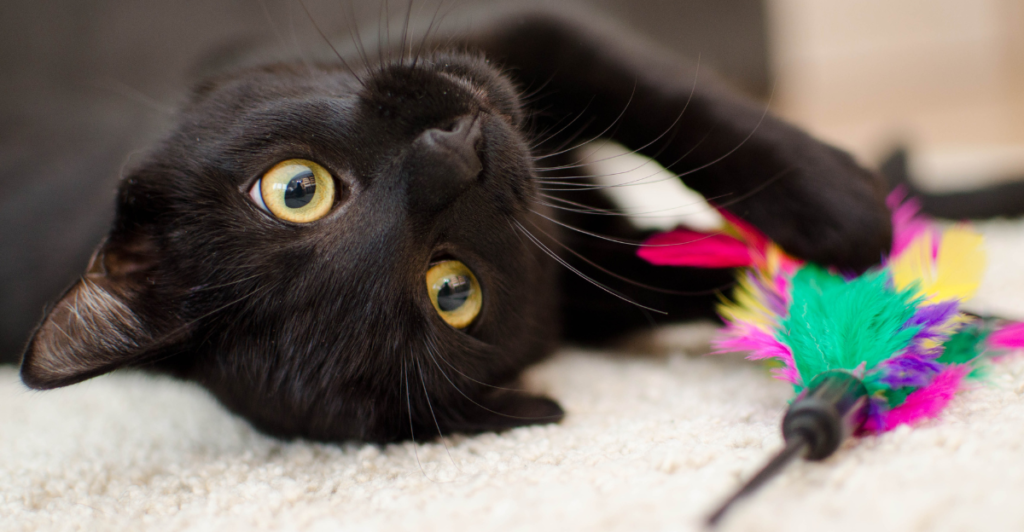
When your cat next decided to headbutt you, pay attention to how they do it and their body language during and afterwards. This can help you understand why they are headbutting you in that moment. Context is important.
Responding to Headbutts
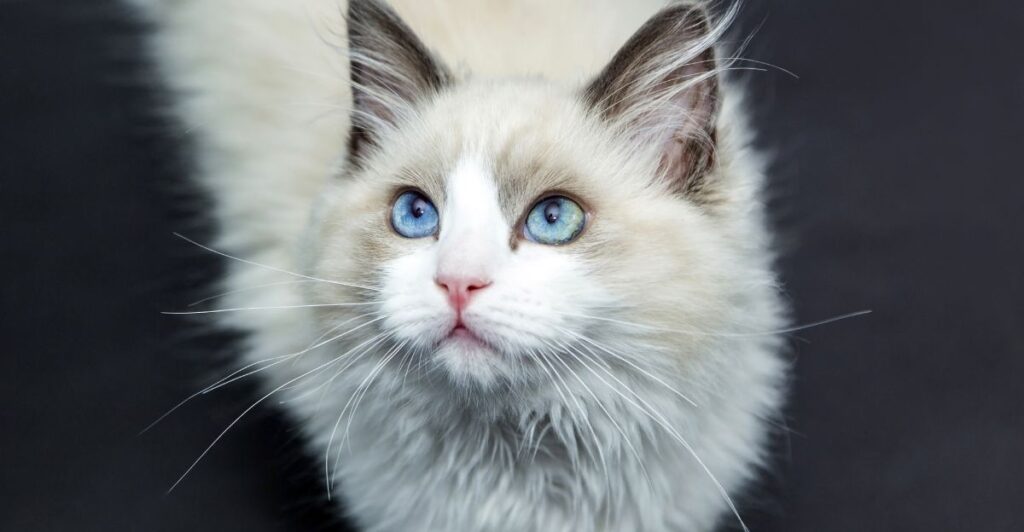
If you want to reassure your cat that the affection runs both ways, try to reciprocate the action by leaning into the headbutt. This will show your cat that you have a strong bond with them and appreciate their affection.
When Headbutting Becomes Excessive
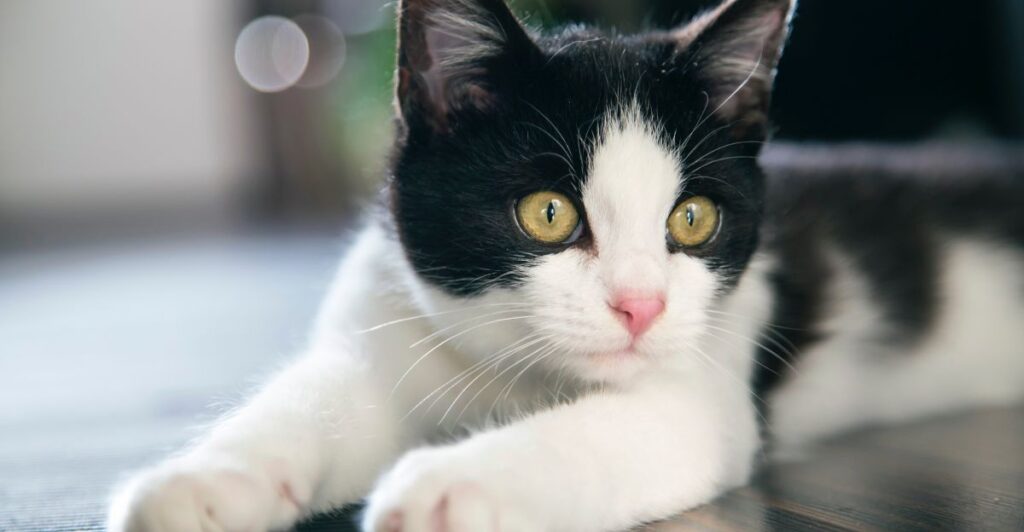
Too much headbutting is a thing. If your cat starts headbutting you more often, it may mean that they are becoming needy or trying to assert dominance. If this happens, consulting a vet is the best idea.
Multifaceted Behavior
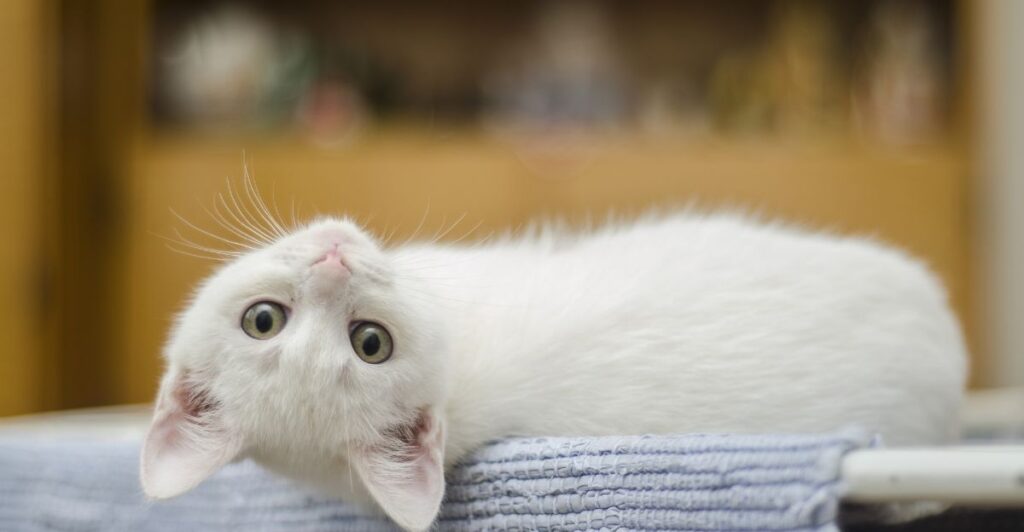
Understanding why cats headbutt enriches our relationship with them. It’s a multifaceted behavior that conveys affection, trust, and social bonding. Recognizing these signals helps us respond appropriately to our feline friends.
A Special Way Of Communicating

Cats communicate in many ways beyond meowing or purring. Headbutting is just one example of how they express their feelings and needs. Embrace this unique behavior as part of the joy of being a cat owner!
Discover more of our trending stories and follow us to keep them appearing in your feed

The Magnetic North Pole Just Shifted—Here’s What It Means
Bobcats Are Making a Comeback—And They Might Be Protecting Us From Disease
The War on Cows Is Over—And Green Extremists Have Lost
13 Most Dangerous Animals in America
References:
Reference 1
This article first appeared here
Stay connected with us for more stories like this! Follow us to get the latest updates or hit the Follow button at the top of this article, and let us know what you think by leaving your feedback below. We’d love to hear from you!







